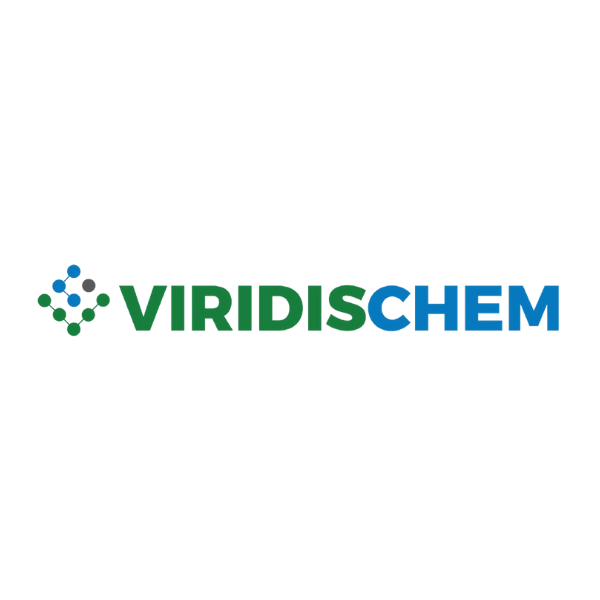Cosmetics are homogenous mixtures of chemical substances of natural or synthetic sources that are primarily applied on body for personal care and boosting of self-esteem. In contrast to the popular belief that cosmetics are a recent invention, there are evidences for prevalence of cosmetics in ancient civilizations. Ancient Egyptians used heavy makeup around eyes, and scented oils and ointments for skin care. Skin care creams and ointments prepared from olive oil and beewax are described in Roman history. In the middle ages, cosmetics were rampantly used in Europe. As pale skin was considered attractive, toxic white lead, aluminum powder, chalk powder and flour were used to lighten skin tone.
Fast forward to the present day, toxic substances such as arsenic, lead and aluminum are excluded from cosmetics. Ingredients of millions of cosmetics ranging from skin care, oral care, hair care, body care, nail care, intimate body care, make-up to perfumes are regulated. In the US, Food and Drug administration (FDA) looks over cosmetics, whereas Europe, Australia and India have dedicated bodies for the regulation of cosmetics- their ingredients, nomenclature and labeling.
Sunscreens are cosmetics that are in daily usage in tropical and equatorial areas. They are photoprotective preparations applied on skin for protection against melanoma (skin cancer) and sunburn. As the ingredients of sunscreen get absorbed into the skin, FDA carried out research on absorption levels for its chemical ingredients and found that 6 out of 8 active ingredients are absorbed at an alarming rate, far beyond the threshold limit.1,2 The six questionable common sunscreen ingredients are listed in Table 1.
| Chemical Ingredient | Effects on Human Physiology |
| Oxybenzone (benzophenone-3) | Hormone disruptor |
| Avobenzone | Hormone disruptor |
| Homosalate | Hormone disruptor |
| Octinoxate (octyl methoxycinnamate) | Endocrine disruptor |
| Octocrylene | Hormone disruptor |
| Octisalate | Not reported |
Table 1: Common sunscreen ingredients and their adverse effects on human physiology.
Oxybenzone, homosalate and octocrylene have been detected in breastmilk of sunscreen wearer, indicating the risk of these chemicals entering bloodstream of breastfed infants (Figure 1).3 They are also reported to alter the breast morphology, hormone and endocrine disruptors.4 Moreover, oxybenzone gets converted to phototoxic glucoside conjugates destroying corals reefs.5,6 As a result, State of Hawaii has banned the use of Sunscreen products that contain this chemical.

ViridisChem® has a vast repository and resource for toxicity of chemicals. It has several modules that allow scientists and researchers make the right choice of chemical ingredients with least toxic effect on our health and planet. Their product Chemical Analyzer lets the user search for a chemical using all established identifiers such as common name, IUPAC name, CAS number, PubChem ID etc. The toxicity score of a compound for air, water, soil and human health along with reactivity can be obtained within fraction of seconds from ViridisChem® chemical search module. Moreover, the toxicity scores for multiple compounds can be compared, and represented in a very simple, yet comprehensive way. Figure 2 shows the screenshot of toxicity comparison for oxybenzone, homosalate, and octocrylene along with their physical and toxicological properties. It can be inferred from the spider chart (Figure 2c) that oxybenzone has the highest toxicity score for eye, skin, endocrine disruptor and genotoxicity, while octocrylene has the highest toxicity score for carcinogenicity, endocrine disruptor and genotoxicity. Homosalate has lesser toxicity scores in comparison with oxybenzone and octocrylene.
ViridisChem platform enables the R & D team from different sectors to understand and compare the toxicity profile of chemicals, and find less toxic alternatives that may work equally well but that minimize the toxicity for any application. Thus, ViridisChem® aids in the progress of safe and eco-friendly research globally.
Physical Properties (Chemical Analyzer Screenshot)
Note: Values with (…) show that experimental values from multiple sources are available

b) Toxicological Properties (Chemical Analyzer Sceenshot)

c) Toxicity Scores via Spider Graph (Chemical Analyzer Screenshot)

Figure 2: Screenshot of Chemical Analyser module from ViridisChem® comparing oxybenzone, homosalate and octocrylene (a) Comparison of Physical Properties. (b) Comparison of Toxicological Properties. (c) Spider Graph comparing Toxicity scores.
References:
- https://www.ewg.org/sunscreen/report/the-trouble-with-sunscreen-chemicals/
- https://www.fda.gov/drugs/understanding-over-counter-medicines/sunscreen-how-help-protect-your-skin-sun
- Matta MK et al. Effect of Sunscreen Application on Plasma Concentration of Sunscreen Active Ingredients: A Randomized Clinical Trial. JAMA. 2020, 256–267. doi:10.1001/jama.2019.20747
- LaPlante CD et.al. Oxybenzone Alters Mammary Gland Morphology in Mice Exposed During Pregnancy and Lactation. J Endocr Soc. 2018 May 22;2(8):903-921. doi: 10.1210/js.2018-00024.
- Djordje Vuckovic et. al “Conversion of oxybenzone sunscreen to phototoxic glucoside conjugates by sea anemones and corals” Science,2022, 376,644-648, DOI: 10.1126/science.abn2600
- Leigh Krietsch Boerner, Sunscreen chemical kills corals—now scientists know why Chemical & Engineering News, May 9, 2022. https://cen.acs.org/environment/pollution/Sunscreen-chemical-kills-corals-scientists/100/web/2022/05
ViridisChem is a software company offering essential toxicity data and tools for companies to move towards sustainable product development.
We have the world’s most comprehensive toxicity database with over 90 million chemicals, and utilizing this data, our software tools provide toxicity analysis of chemicals, mixtures and formulations, and product development processes.
Demonstrations

Chemical Analyzer for Lab Safety

Chemical Analyzer for Process Development
